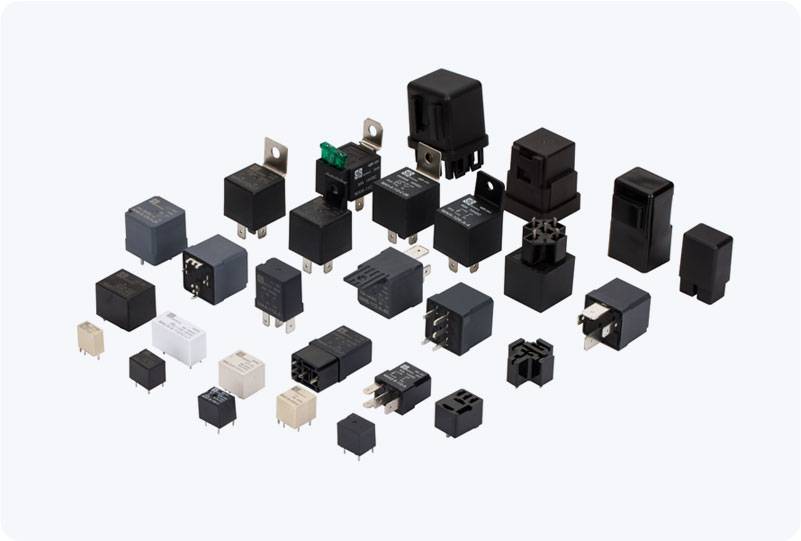High Current Power Relays (HCPRs) are pivotal components in modern electrical systems, bridging the gap between low-voltage control circuits and high-power loads. These relays are specifically designed to handle large electrical currents while maintaining reliability and safety, making them indispensable in a wide range of industries. From automotive applications to industrial machinery and power distribution networks, High Current Power Relays serve an essential role in ensuring efficient and safe electrical operations. This article will delve into the function, features, applications, and types of HCPRs, providing a comprehensive understanding of this crucial technology.

What is a High Current Power Relay? A High Current Power Relay is an electromechanical switch that allows a small, low-power control signal to switch a high-power electrical load. This type of relay is engineered to handle high-current circuits, typically ranging from tens to hundreds of amps, making them ideal for applications where heavy-duty electrical switching is required. They operate by opening and closing contacts in response to a low-power control signal, essentially acting as a bridge between the low-voltage control side of a system and the high-power load. HCPRs can be found in both mechanical and solid-state forms. Mechanical relays use physical contacts to switch the circuit, while solid-state relays utilize semiconductor materials to perform the switching function without moving parts. Both types of relays can handle high currents, though solid-state relays tend to offer faster switching and longer lifespans.